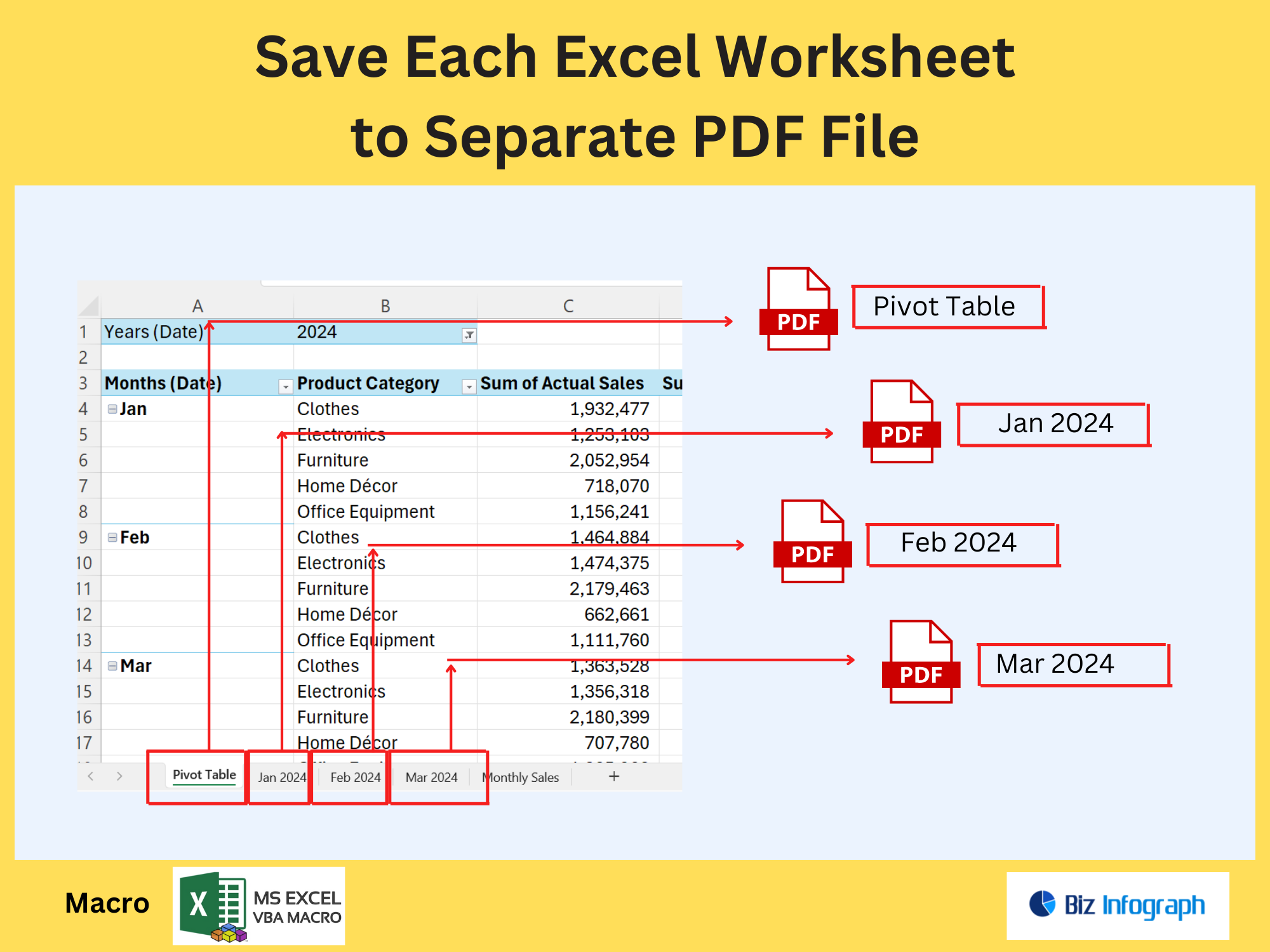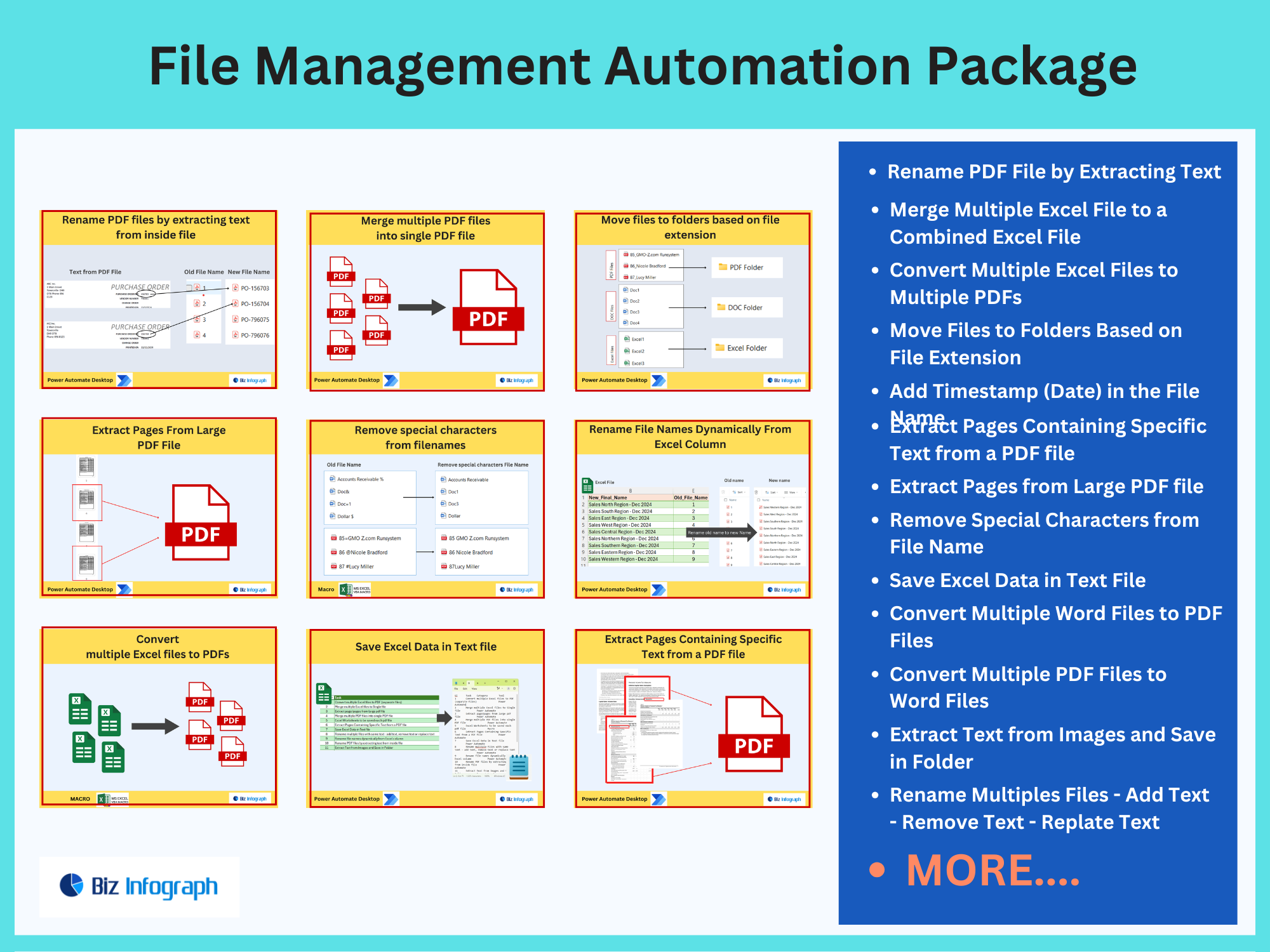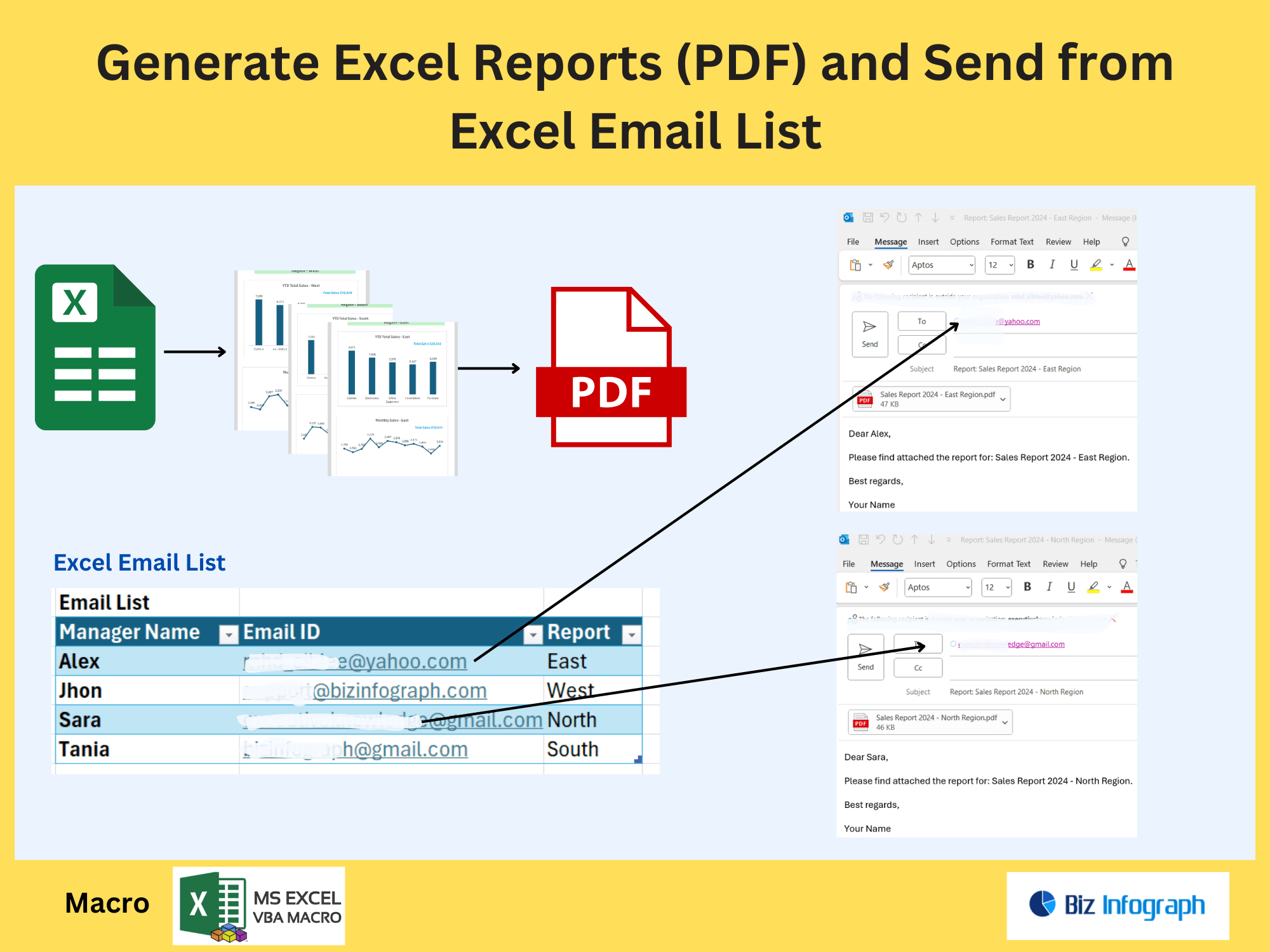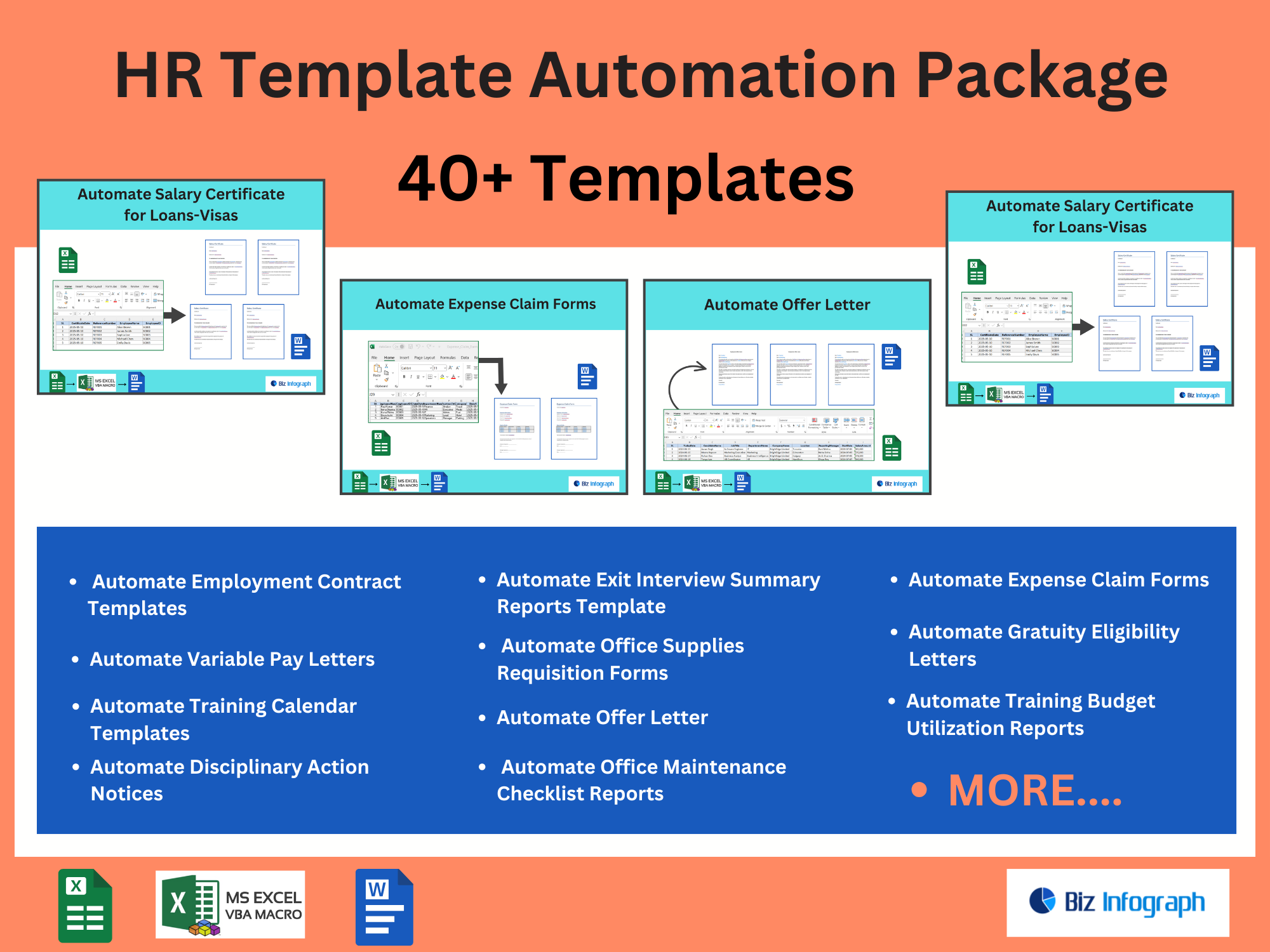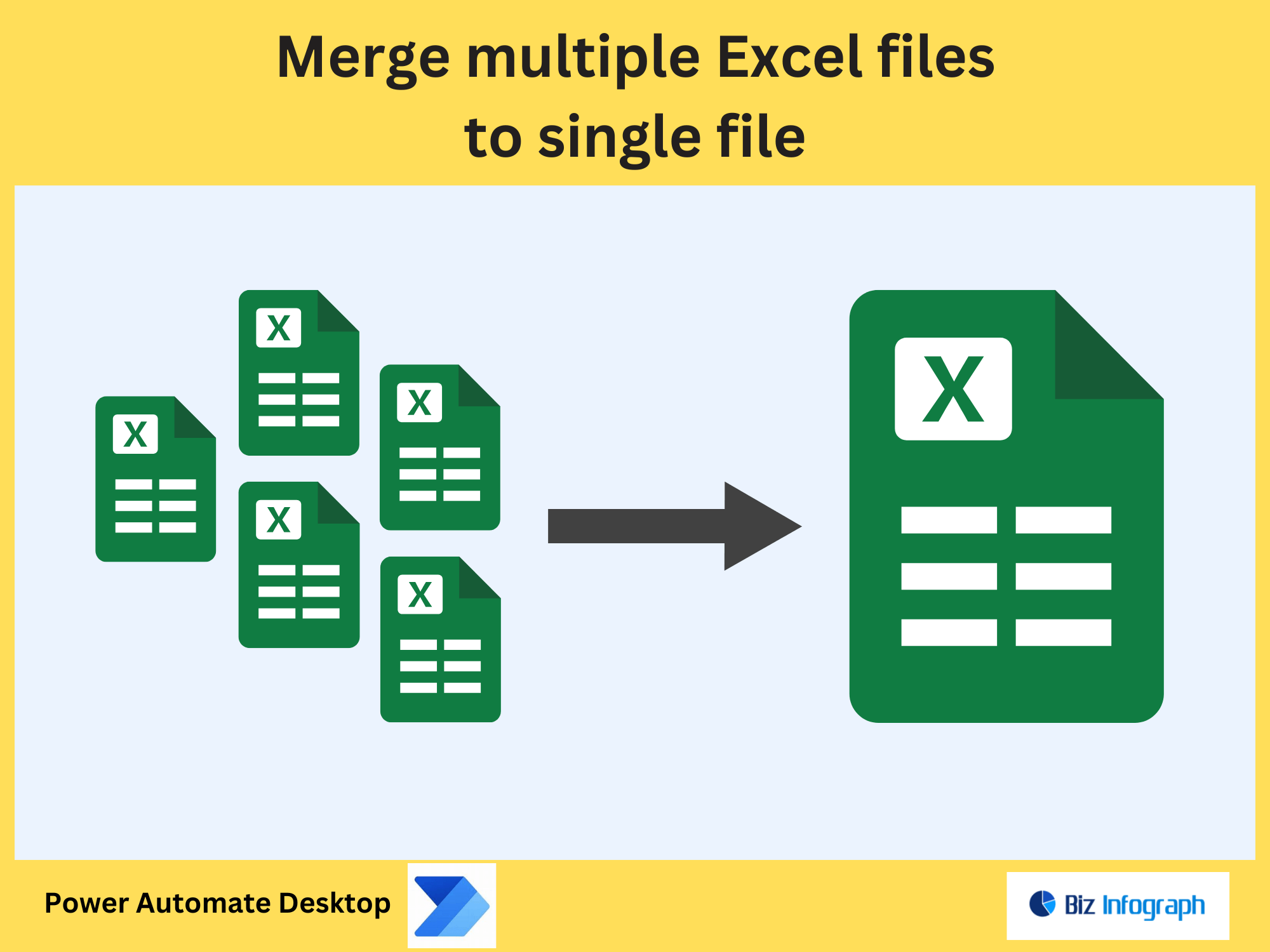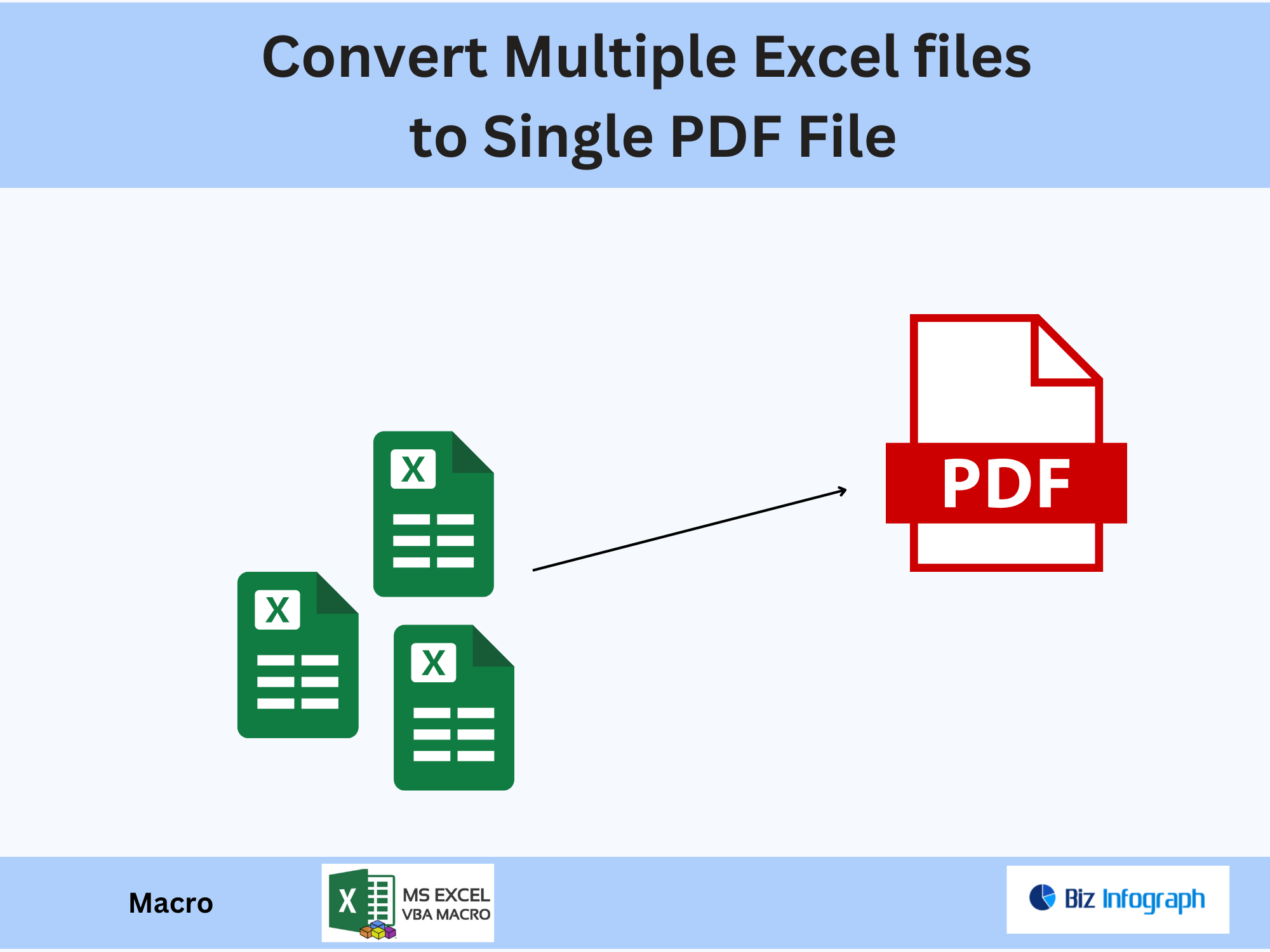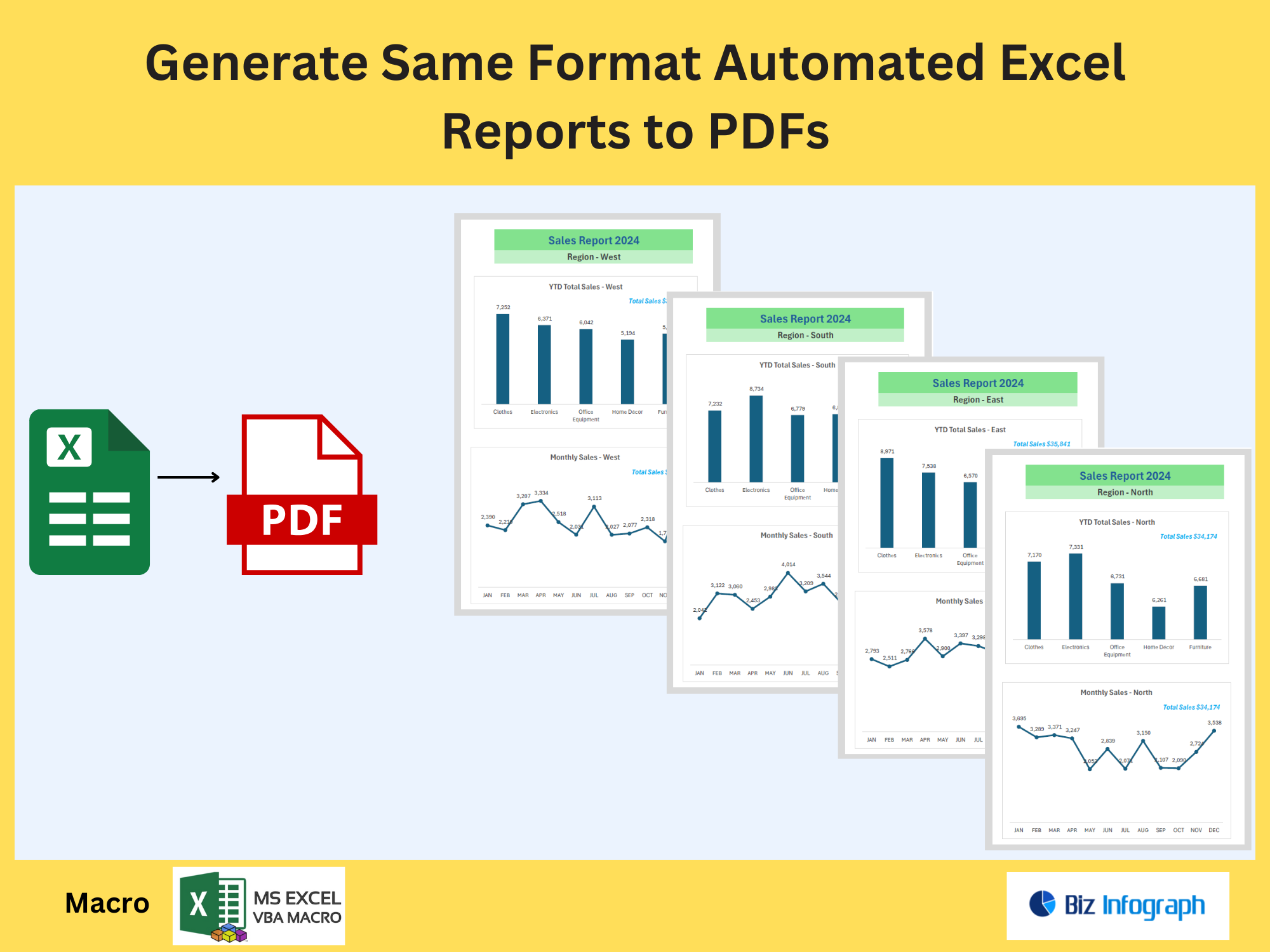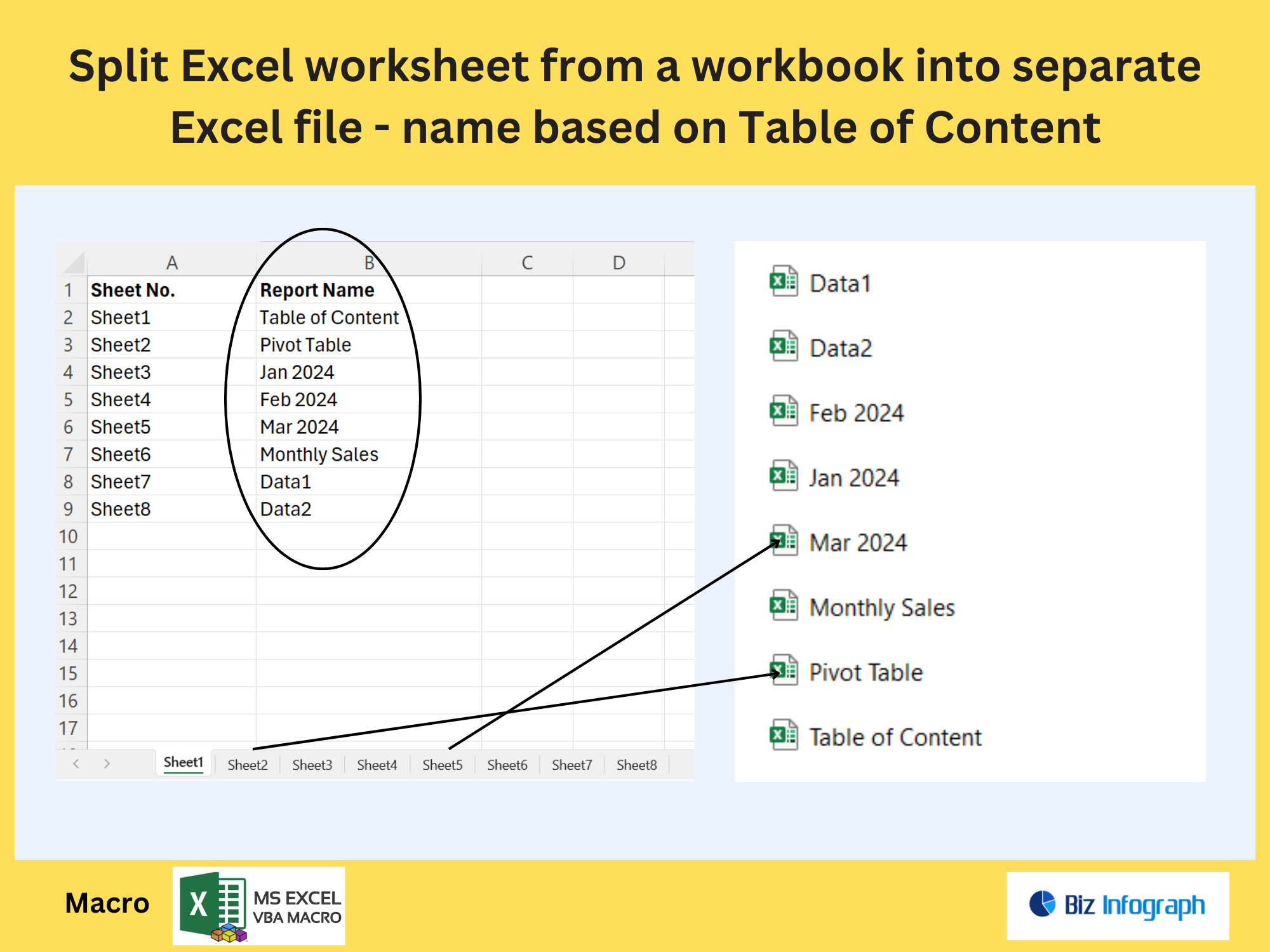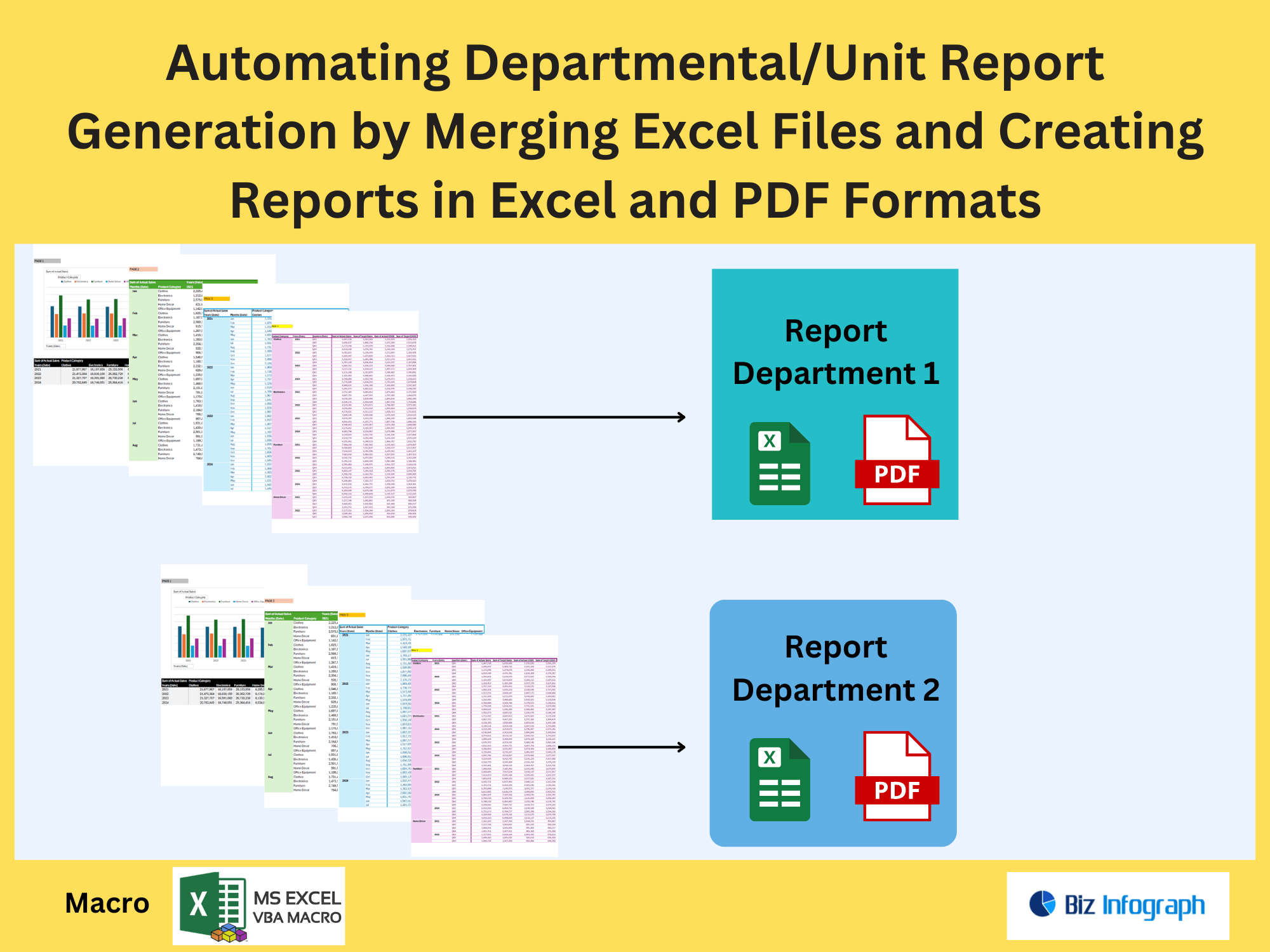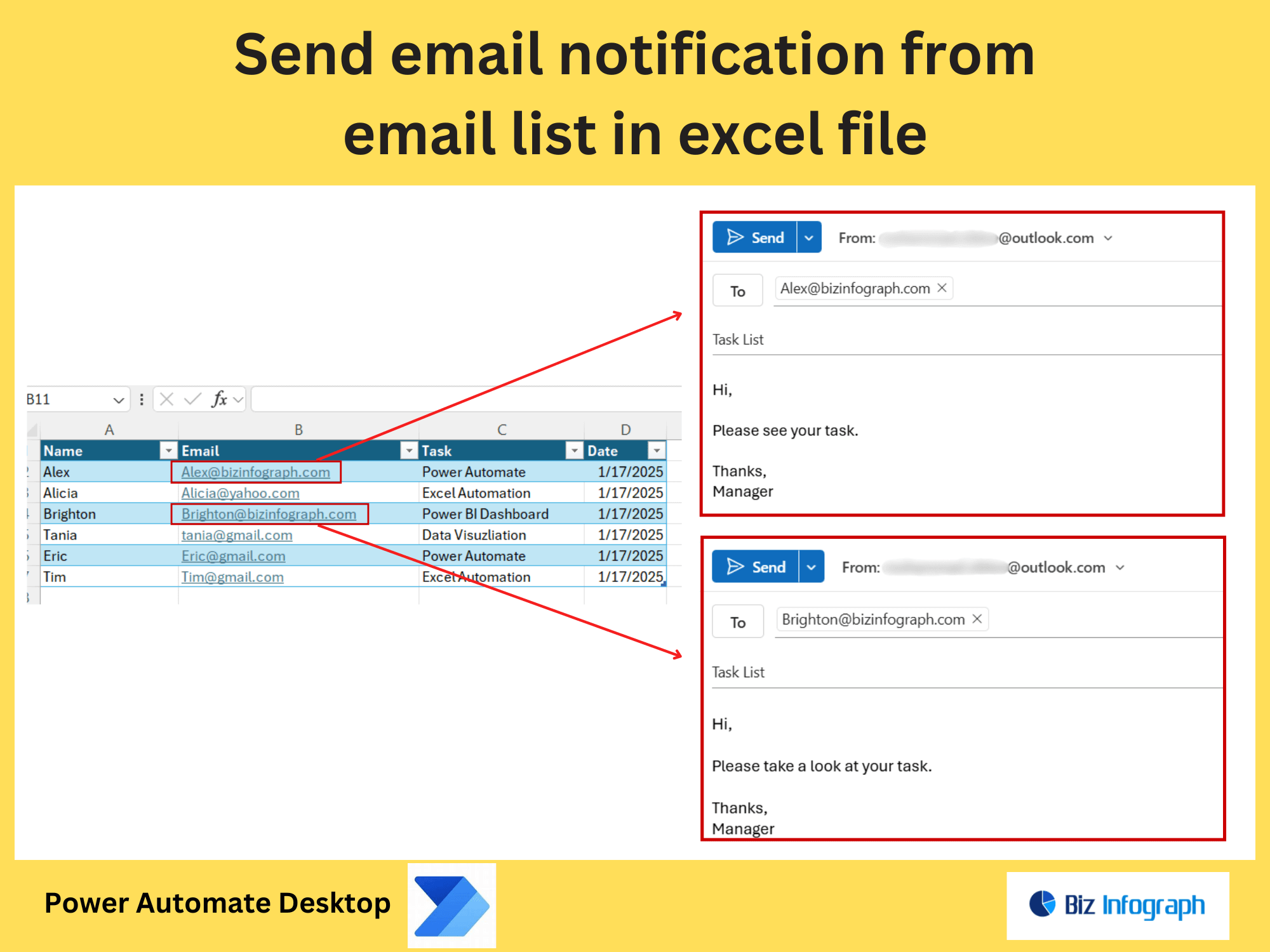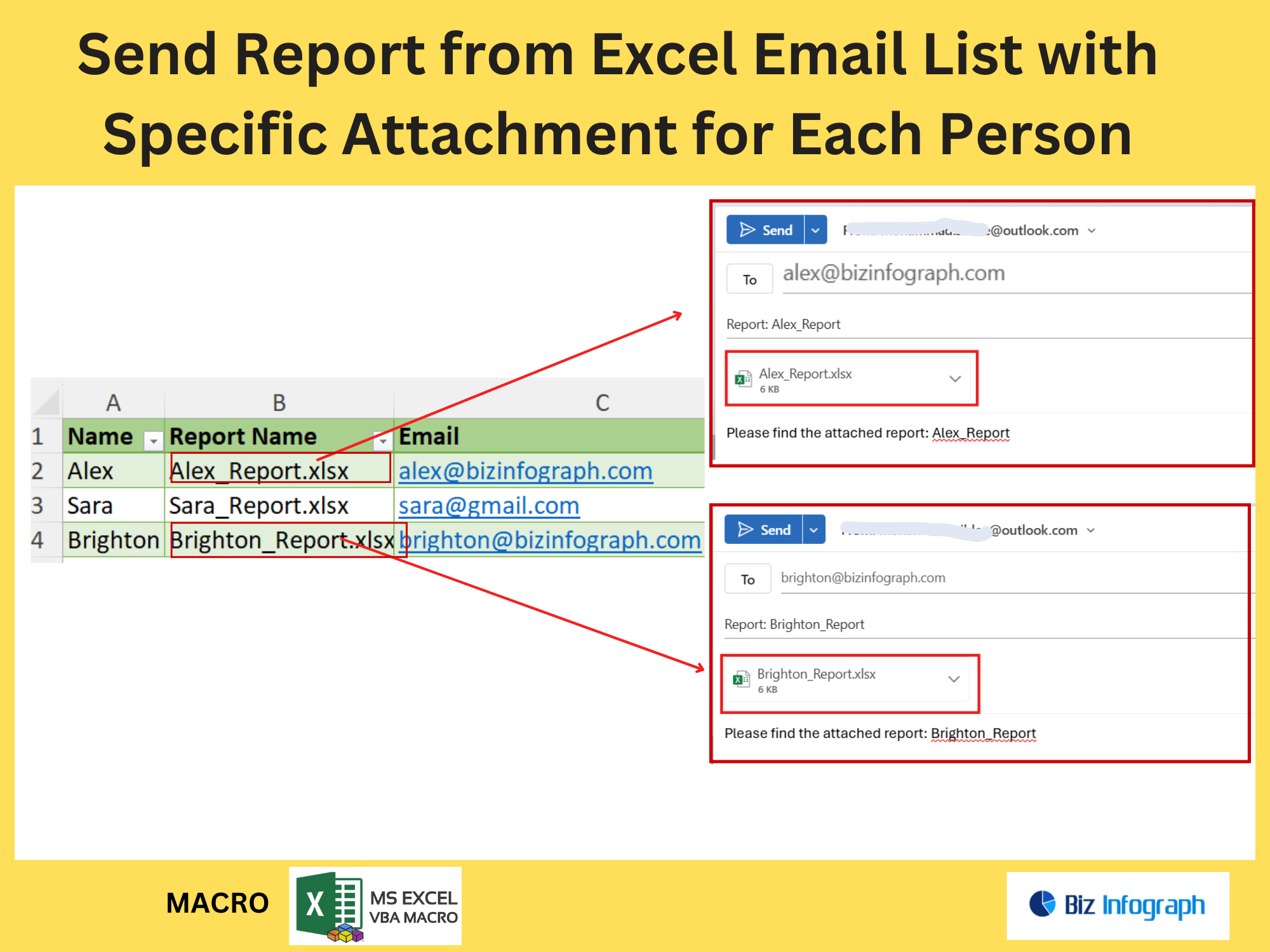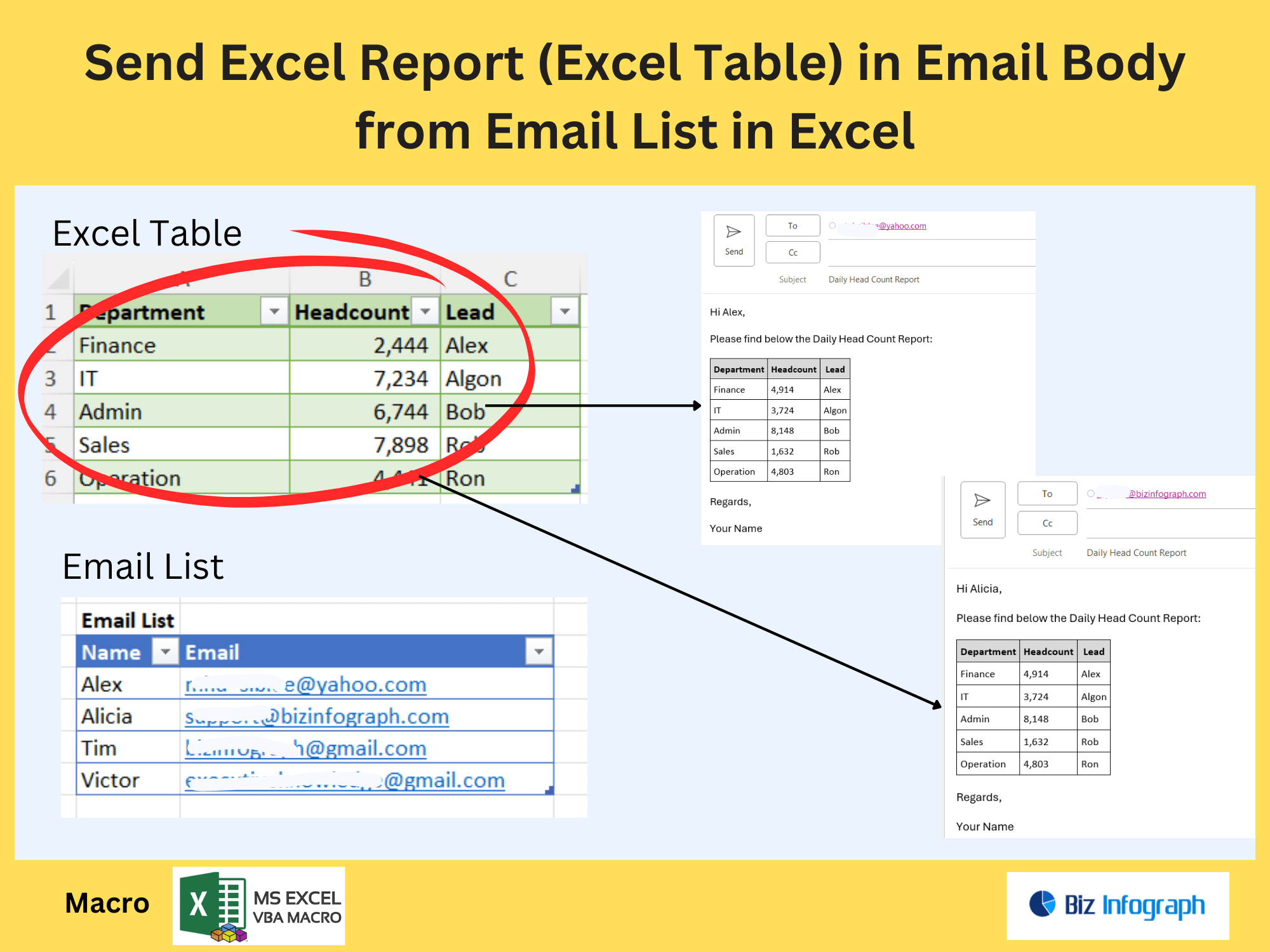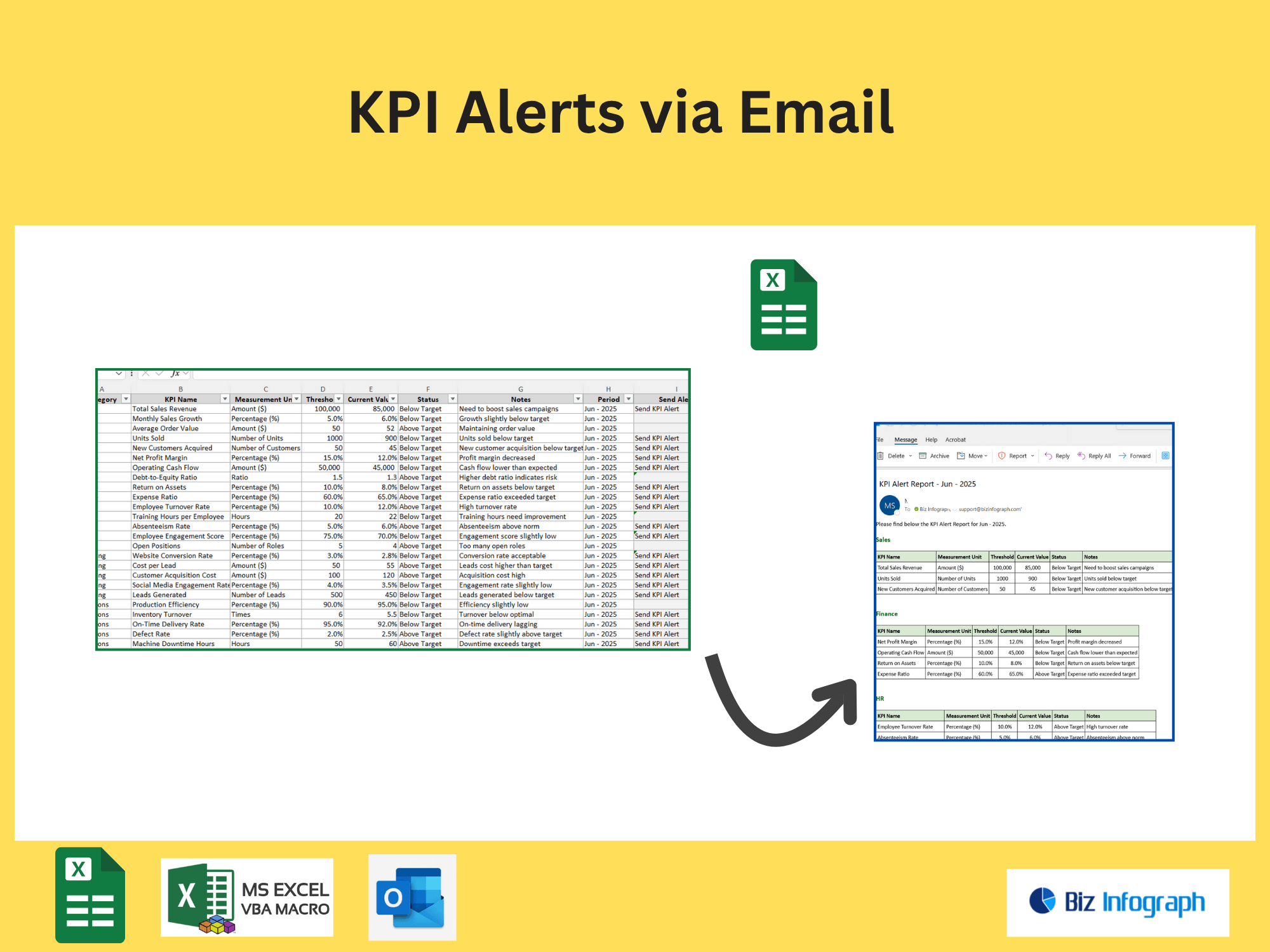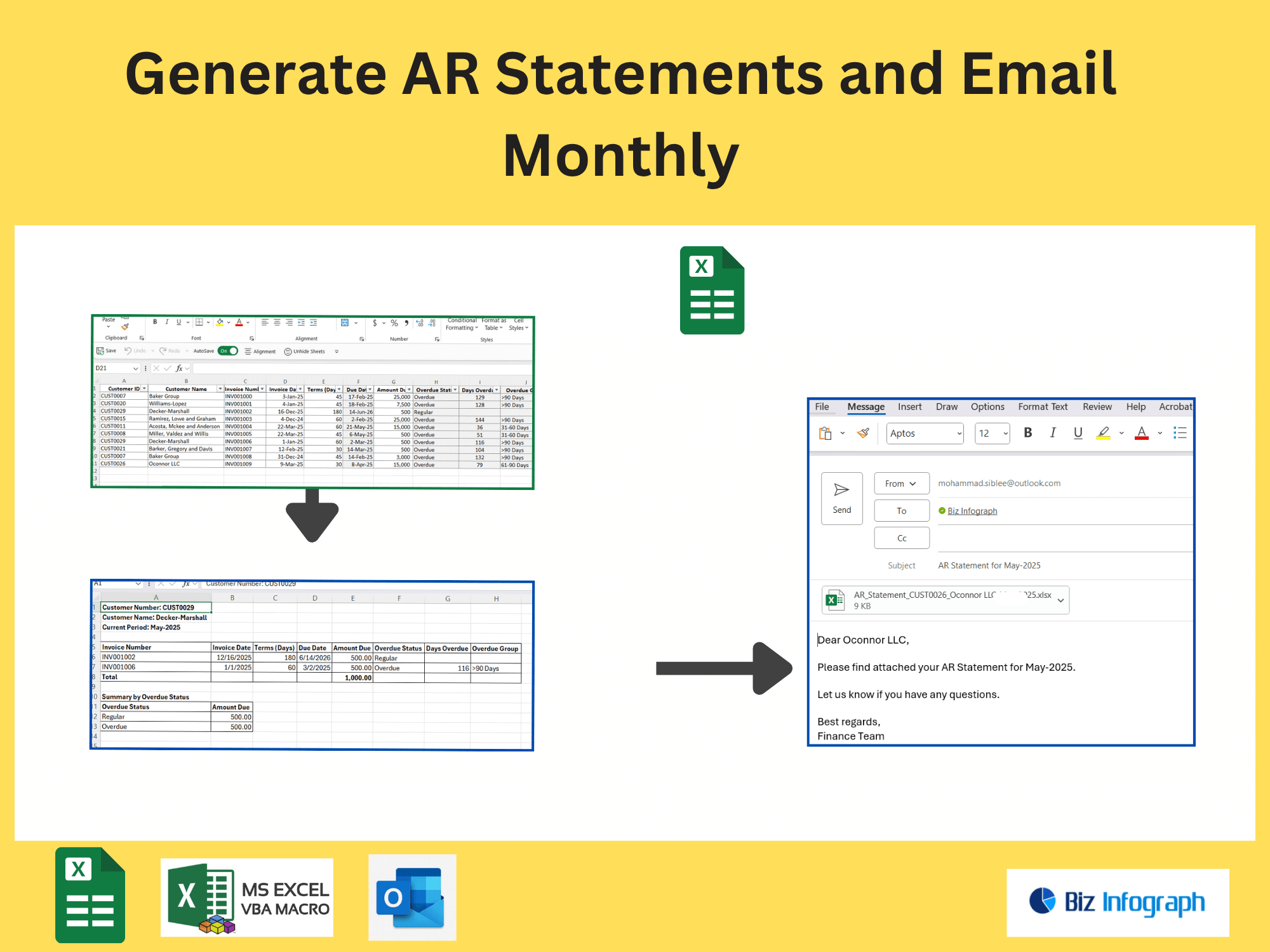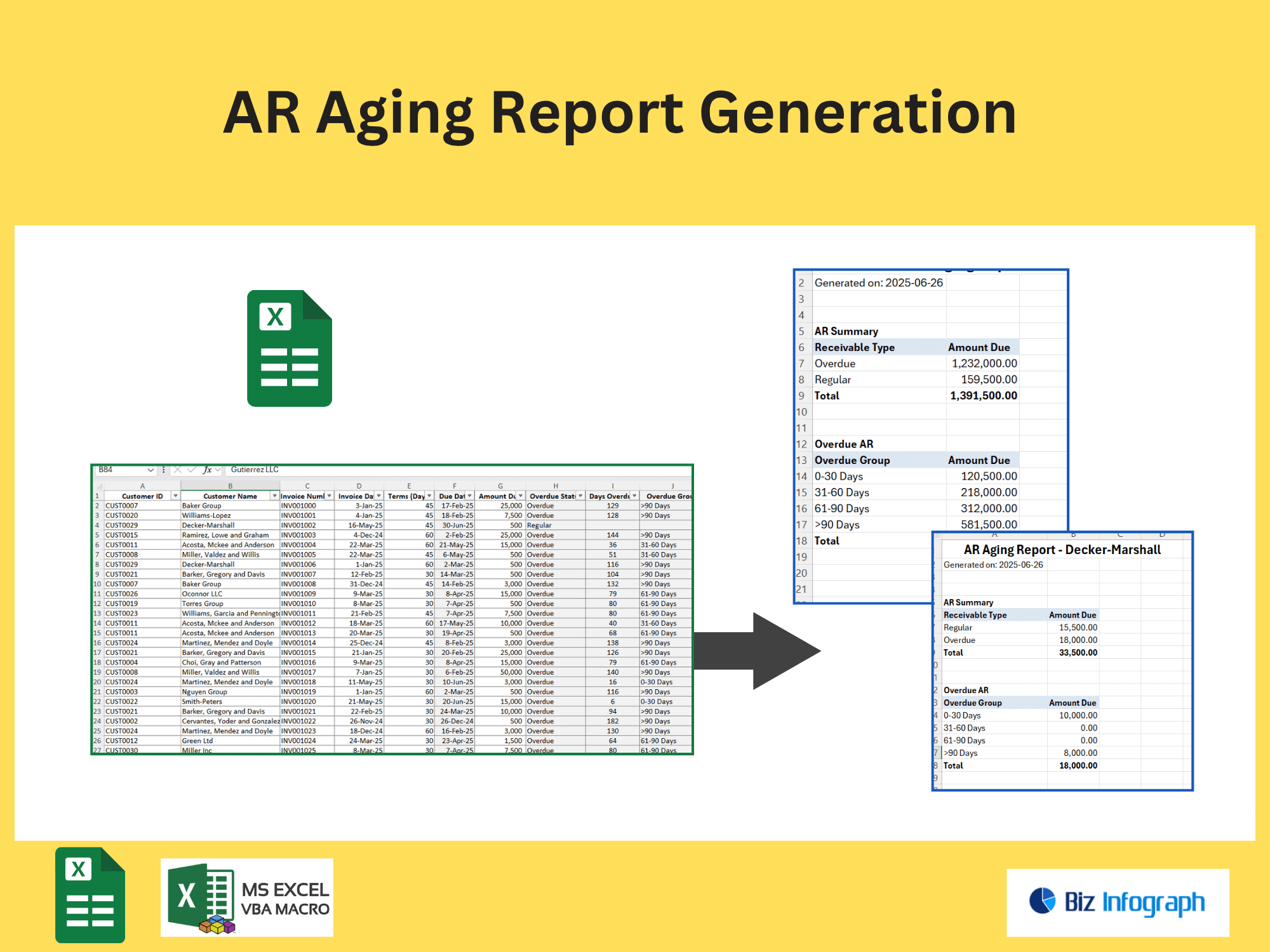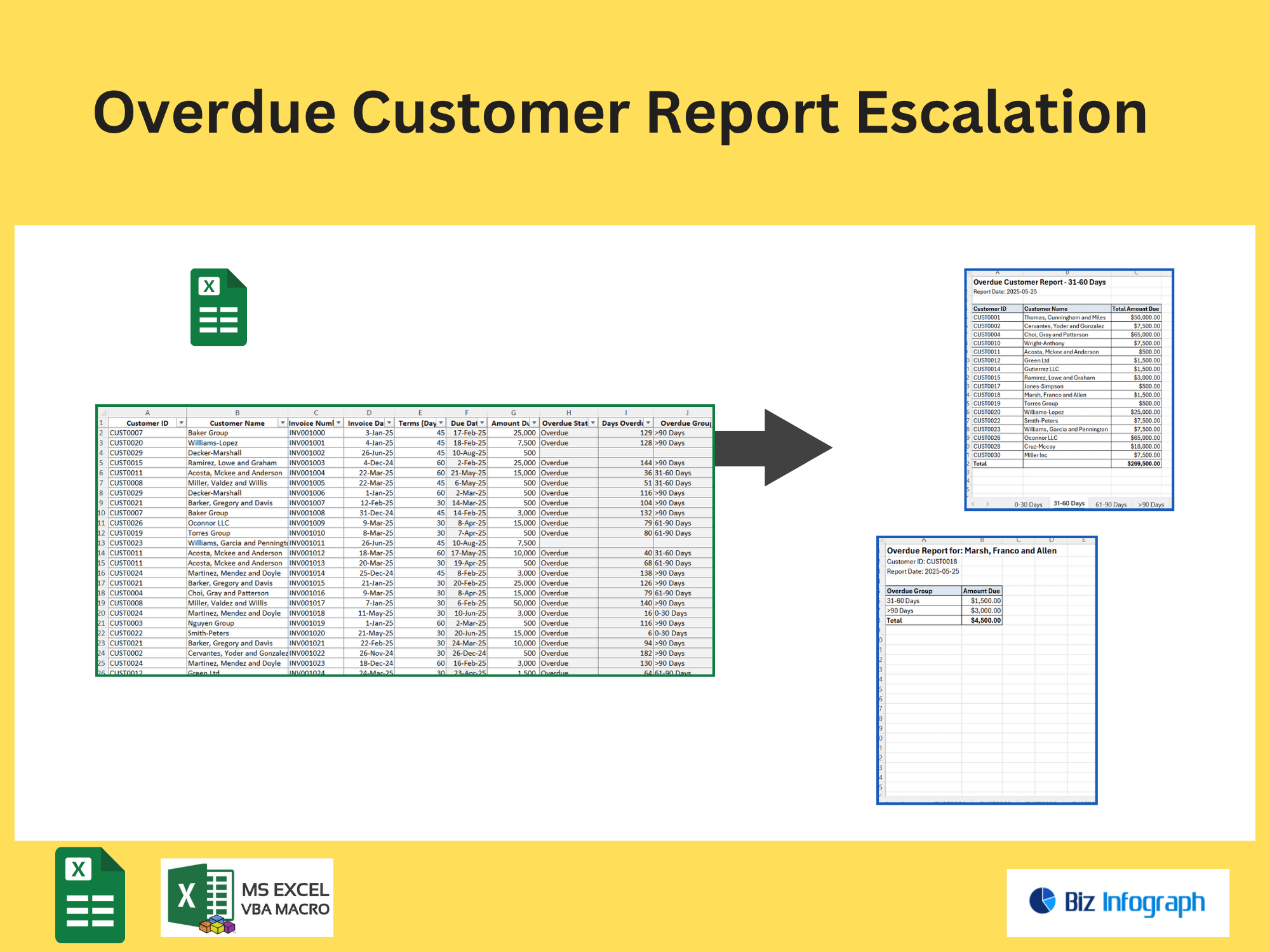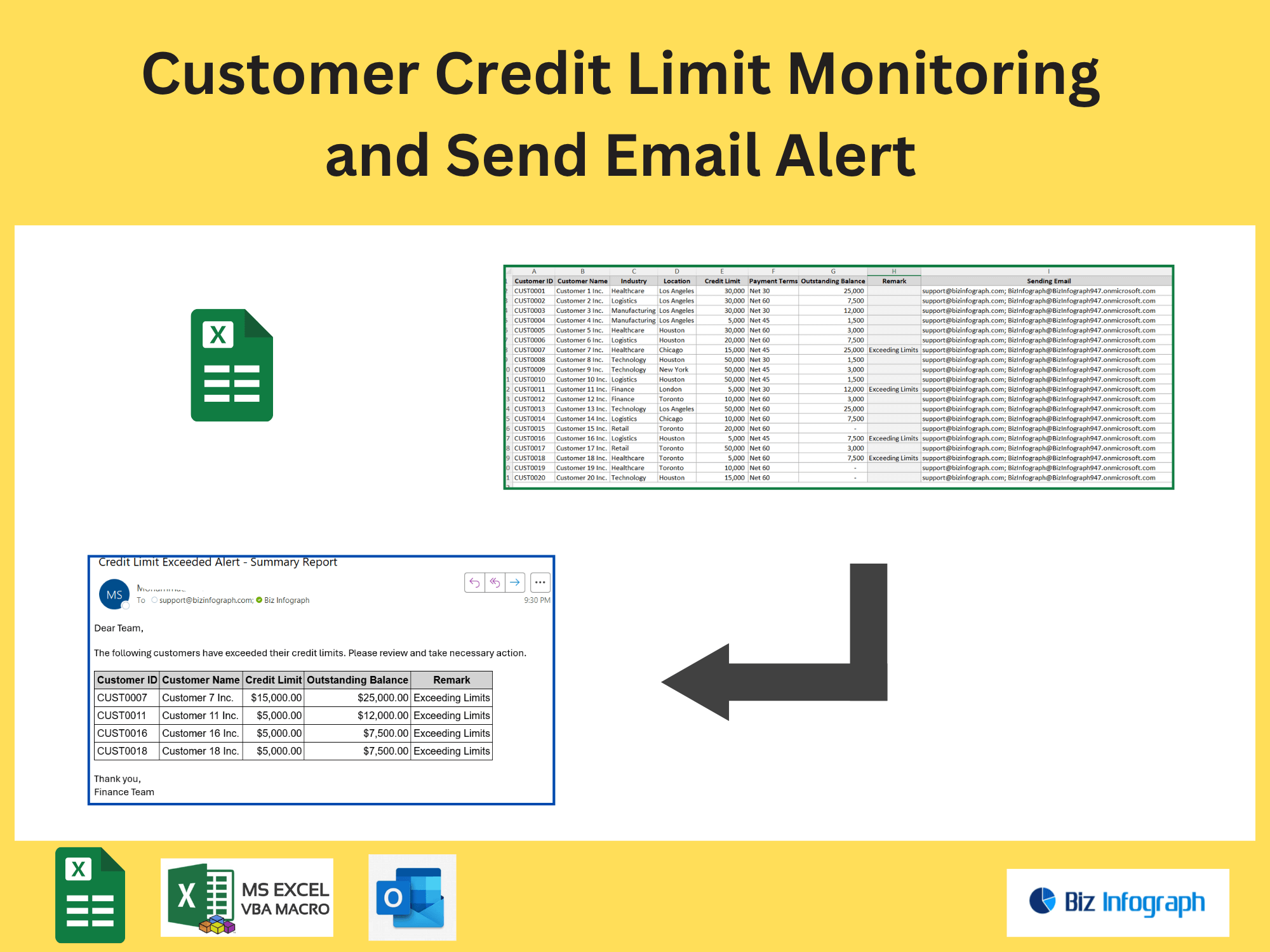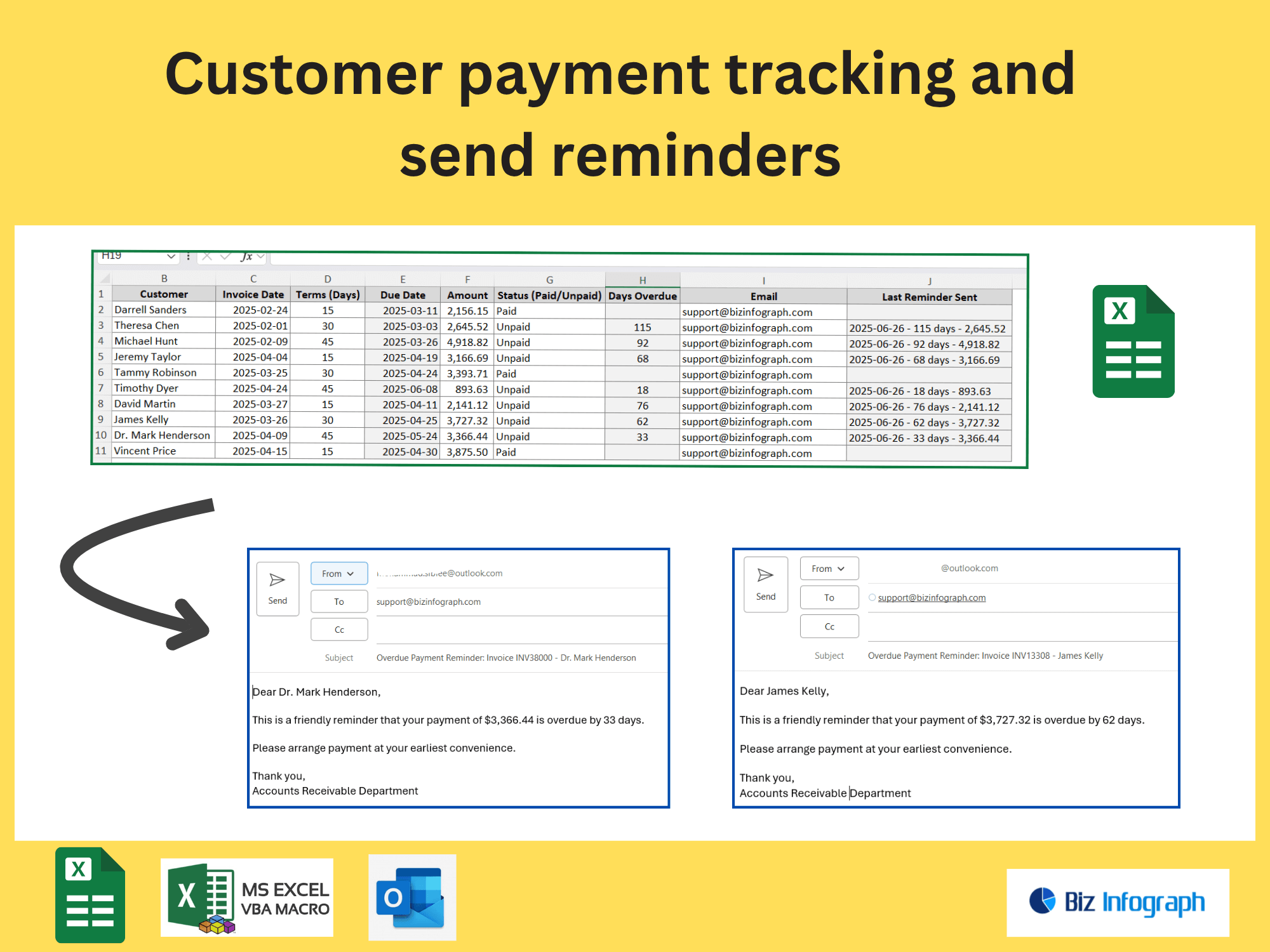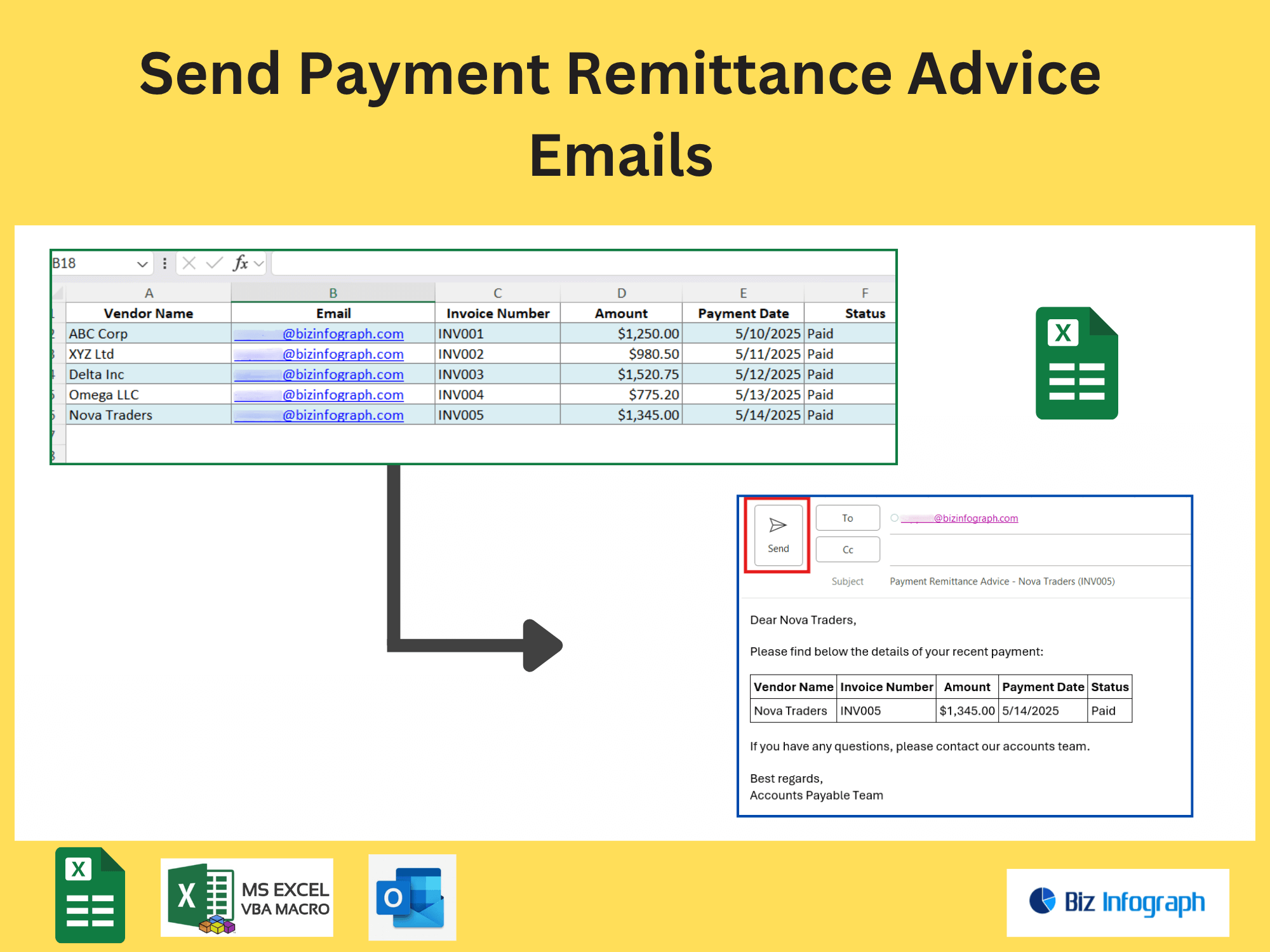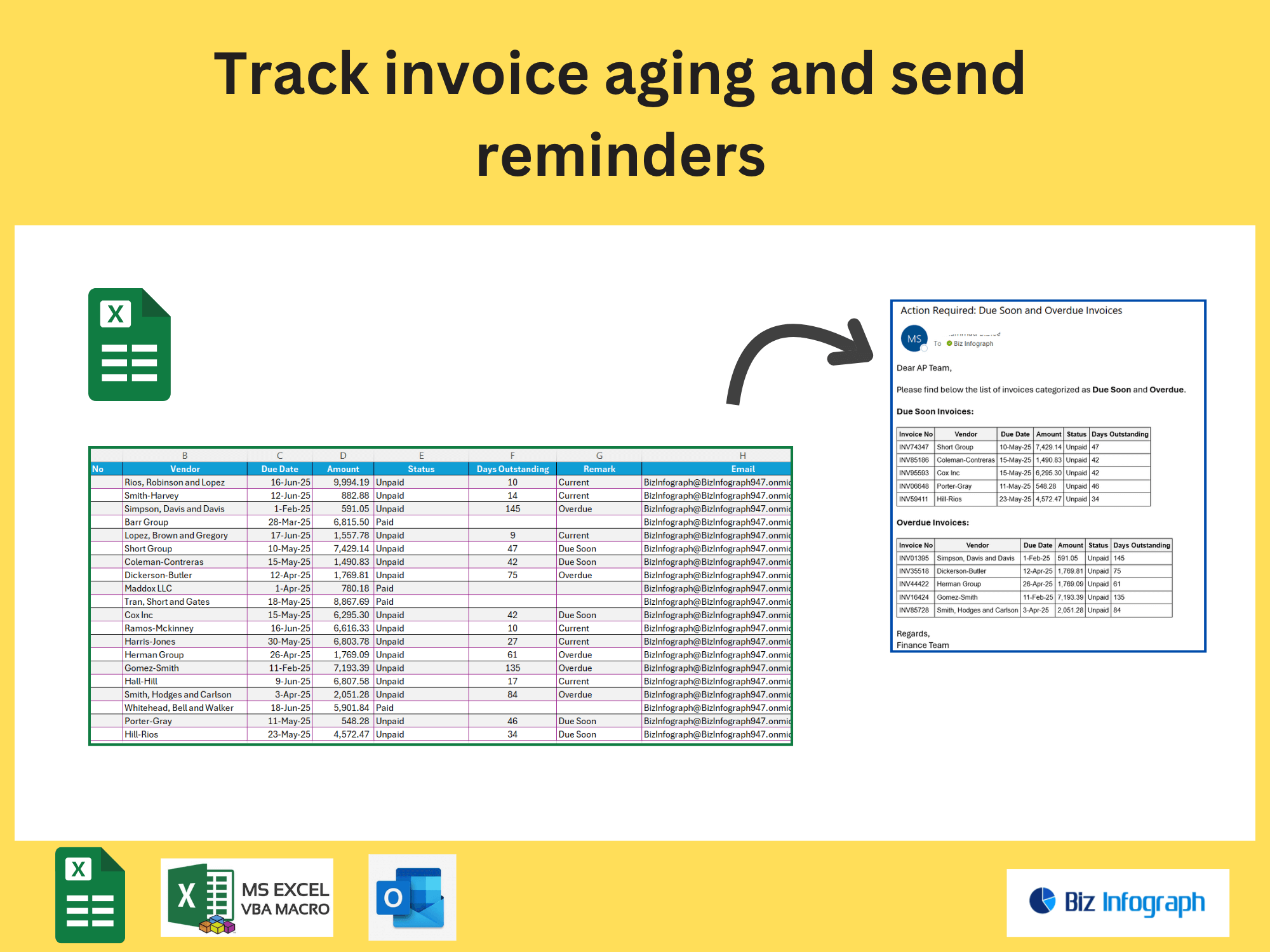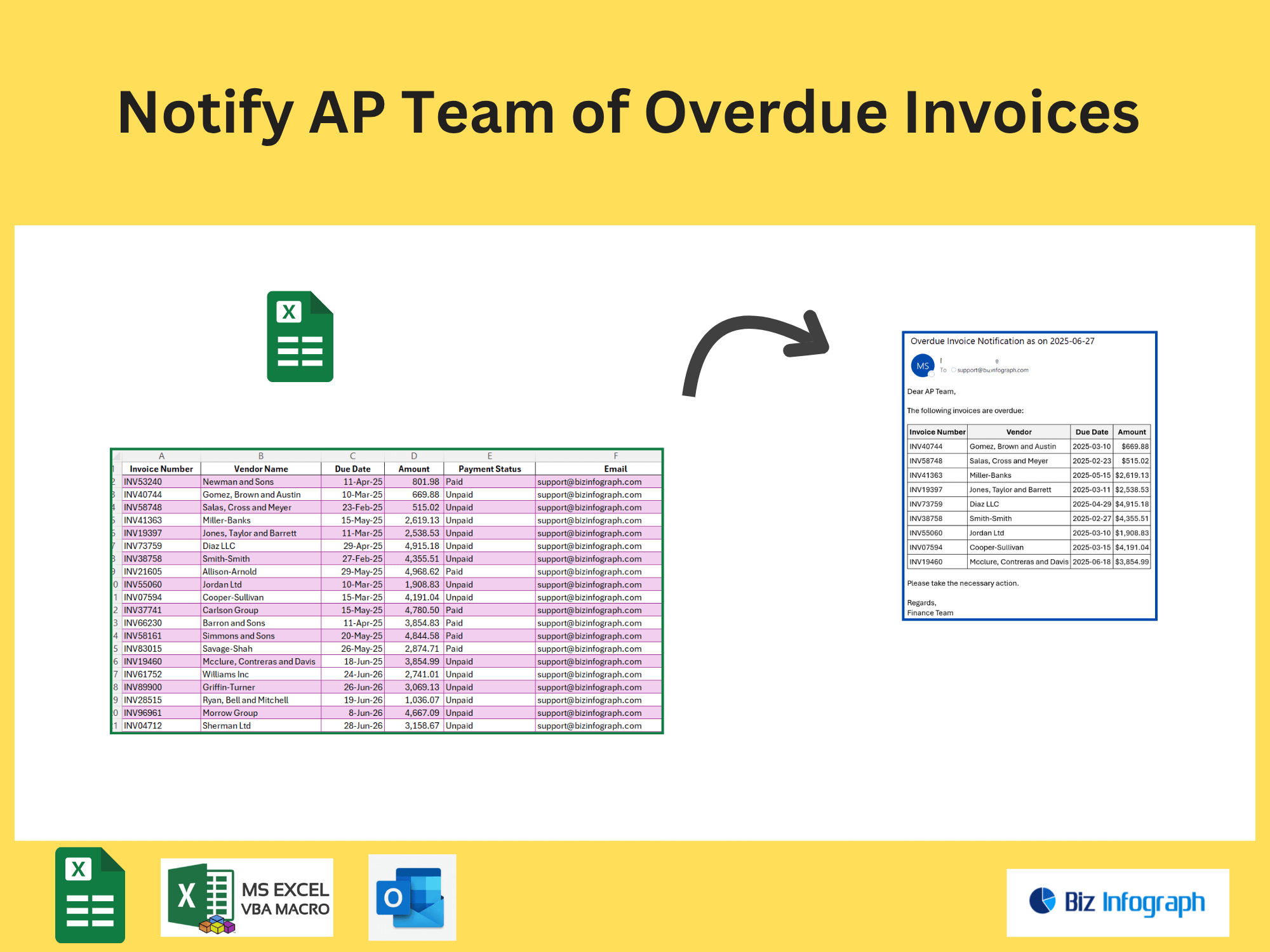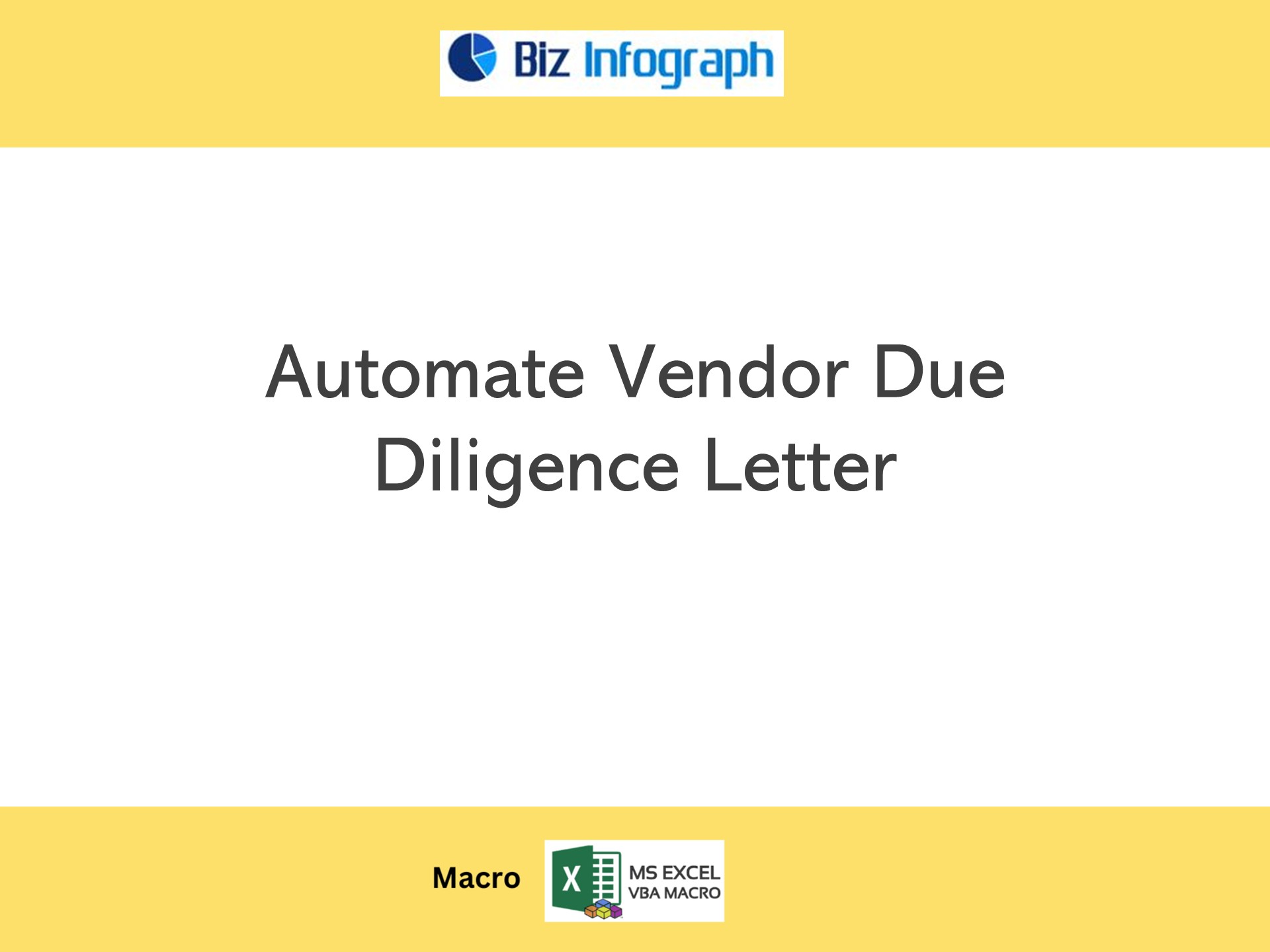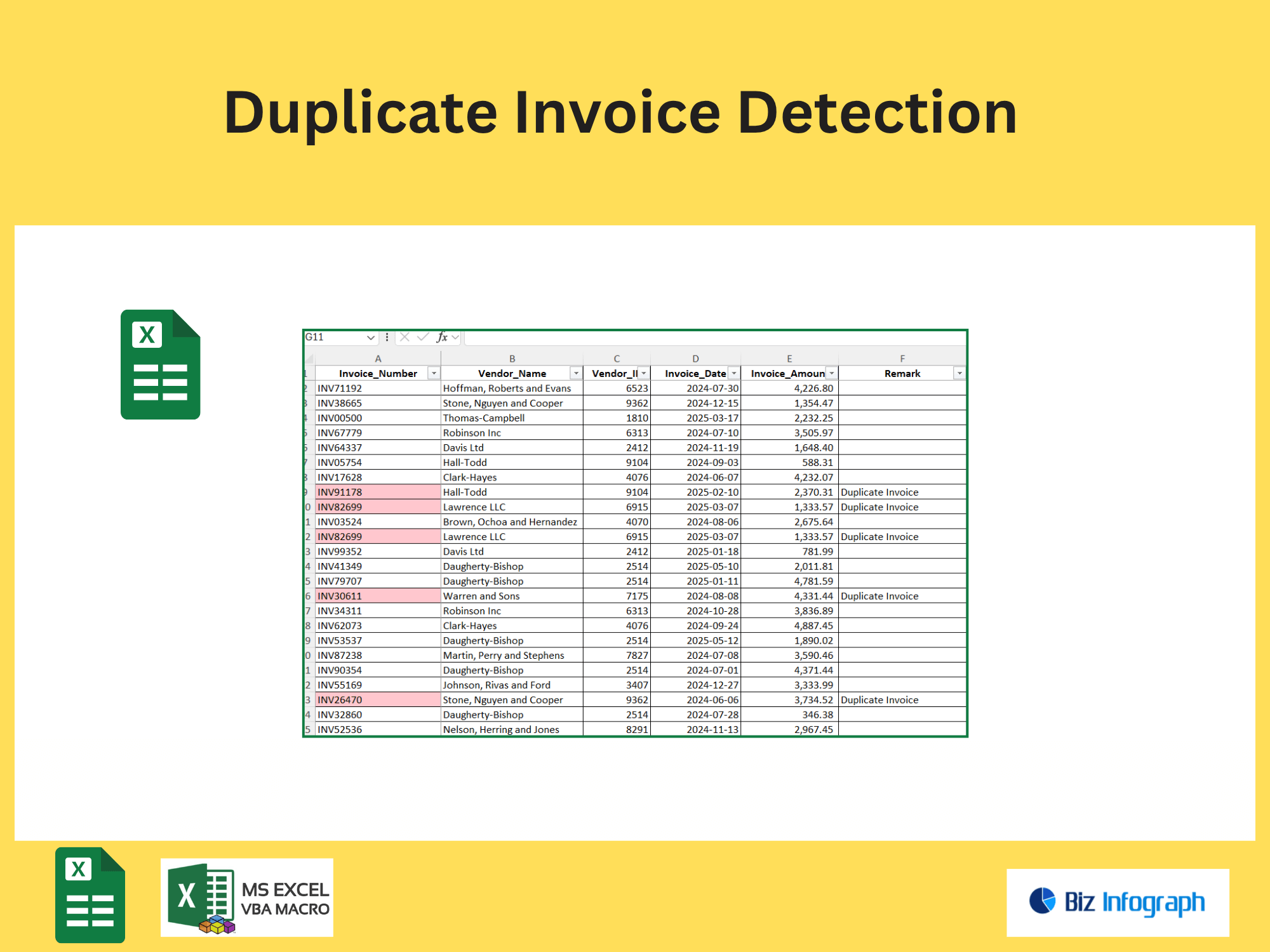Separate PDF file by Power Automate
Why Save Excel Worksheets as Separate PDFs Using Power Automate?
The Need for Splitting Excel Worksheets into Individual PDFs
Manually saving each worksheet in an Excel file as a separate PDF is time-consuming, especially for workbooks with multiple chapters or complex format requirements. Power Automate automates this process, ensuring productivity and consistency.
Benefits of Automating Worksheet-to-PDF Conversion
Automating the split of worksheets to PDF reduces errors, preserves format, and allows bulk processing. This is ideal for reports, invoices, or documents that contain sensitive data requiring separate handling.
How to Save Each Worksheet as a PDF with Power Automate
Setting Up Power Automate for Worksheet Splitting
Configure a flow to access the Microsoft Excel file, iterate through worksheets, and save each as a separate PDF. Use Power Automate actions to handle naming conventions and storage paths.
Using Actions to Split and Save Worksheets
Leverage Power Automate to split the workbook, save worksheets individually, and store them in designated folders. Ensure format integrity (e.g., headers, footers) during conversion.
Step-by-Step Guide to Convert Worksheets to PDFs
Extracting and Saving Worksheets as PDFs
Use Power Automate to loop through each worksheet, apply format settings, and save them as separate PDF files. For example, convert a financial report’s worksheets to PDF for client distribution.
Validating and Organizing Generated PDFs
Ensure PDFs contain accurate data and are saved in the correct folders. Use Power Automate to log errors in a transcript and rename files dynamically (e.g., Sales_Q1.pdf, Expenses_Q1.pdf).
Advanced Techniques and Resources
Formatting and Naming Conventions
Customize PDF format (margins, orientation) and use dynamic filenames based on worksheet titles. Handle edge cases like hidden sheets or password-protected Excel workbooks.
Troubleshooting and Additional Resources
Refer to description guides or chapter-based tutorials for resolving issues like failed conversions. Explore Power Automate community solutions for complex scenarios.
For ready-to-use Dashboard Templates:
- Financial Dashboards
- Sales Dashboards
- HR Dashboards
- Data Visualization Charts
- Power BI - Biz Infograph
